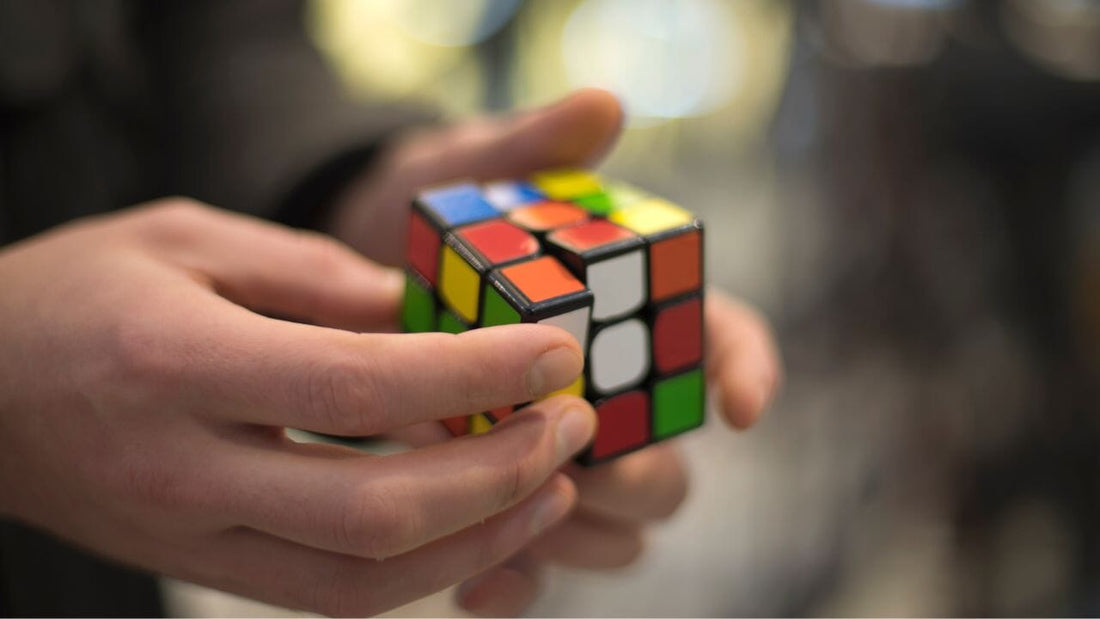The Rubik's Cube is a classic puzzle that has captivated people of all ages for decades. Invented by Hungarian sculptor and professor of architecture, Erno Rubik, the Rubik's cube was first created as a teaching tool to help explain the concept of 3D geometry.
In 1974, Rubik designed a cube made up of small coloured cubes that could rotate on a central axis. The goal was to create a cube where each of the six faces were one solid color. The puzzle quickly became popular among his students, and soon spread to other schools and eventually to the general public.
Rubik's invention was patented in 1977, and in 1980, the first official Rubik's Cube was sold in Hungary. The cube quickly became a sensation worldwide, with millions of units sold in the first few years. It was even considered the best-selling toy in the world in the 1980s.
The Rubik's Cube is not only a fun and challenging puzzle, but it has also been used in many other applications, such as math education and research, robotics, and even art. In addition, various competitions and events like the World Cube Association have been held worldwide and it has been an official event in the World Game Championship since 2003.
Erno Rubik's invention has had a lasting impact on the world of puzzles and entertainment. It continues to be enjoyed by people of all ages and remains one of the most popular and recognisable puzzles in the world today.
Erno Rubik created a cultural icon that has brought joy and wonder to millions of people worldwide, and it's the reason we're here right now doing what we do!

